Sporting technology used on lizards to watch them run.
The same camera that analysed the bowling action of Sri Lankan cricketer Muttiah Muralitharan is being used to study how dragon lizards can escape a bigger, faster predator, the goanna.
“It’s all in the running action,” says zoologist, Chris Clemente from the University of Western Australia. His work has shown that lizards have adapted their locomotion to fit with their habitats. For example, the dragon lizard can swing its leg around in almost a full circle which gives it an advantage in woody habitats with lots of obstacles.
Australia has the highest diversity of lizards in the world. They are a major part of our environment. Yet, despite this rich abundance, we don’t know much about them, says Chris, one of 15 early-careers scientists presenting their work to the media as part of the national Fresh Science competition.
What’s more, he says, lizards are direct descendents of dinosaurs. “If we understand modern day lizards we may also be able to unlock secrets of the past,” he said. “For example, the ancient seven-metre goannas may have had a more upright style of running making them faster runners than humans.”
Chris is using motion-analysis cameras to create a three dimensional model of the lizards running in virtual space. When combined with information about the habitat and body shape of these lizards, it begins to paint a picture of the lizard world.
“We may then be able to use this picture to predict how extinct reptiles moved and what habitat they lived in,” Chris said.
Goannas are a particular focus of his work. An invasion of these lizards from Asia 6 million years ago has resulted in 27 different species spread right across Australia. They can be found living in diverse habitat, from open deserts to tropical rainforest.
“They also vary in size. The smallest goannas are about the size of your thumb and the largest stretch over two metres,” he said. “No other group of animals shows such variation in body size, and my research is looking at why this group of lizards has been so successful.
“Larger lizards like goannas often hunt smaller lizards like dragons, and my motion research can help predict who would win such a predator-prey survival battle,” he said.
“I have found that the larger goannas will outrun the smaller dragons every time. But the dragons often get away because of their greater manoeuvrability.”
Chris got interested in this research after reading about the study of how ostriches run. Being bipedal, the research was comparing their gait with that of humans. With a passion for lizards, especially the giant lizards from prehistoric times, his honours project began by looking at dragon lizard locomotion. Moving on to goannas for his PhD, he got thinking about who would back in a race – goanna or lizard?

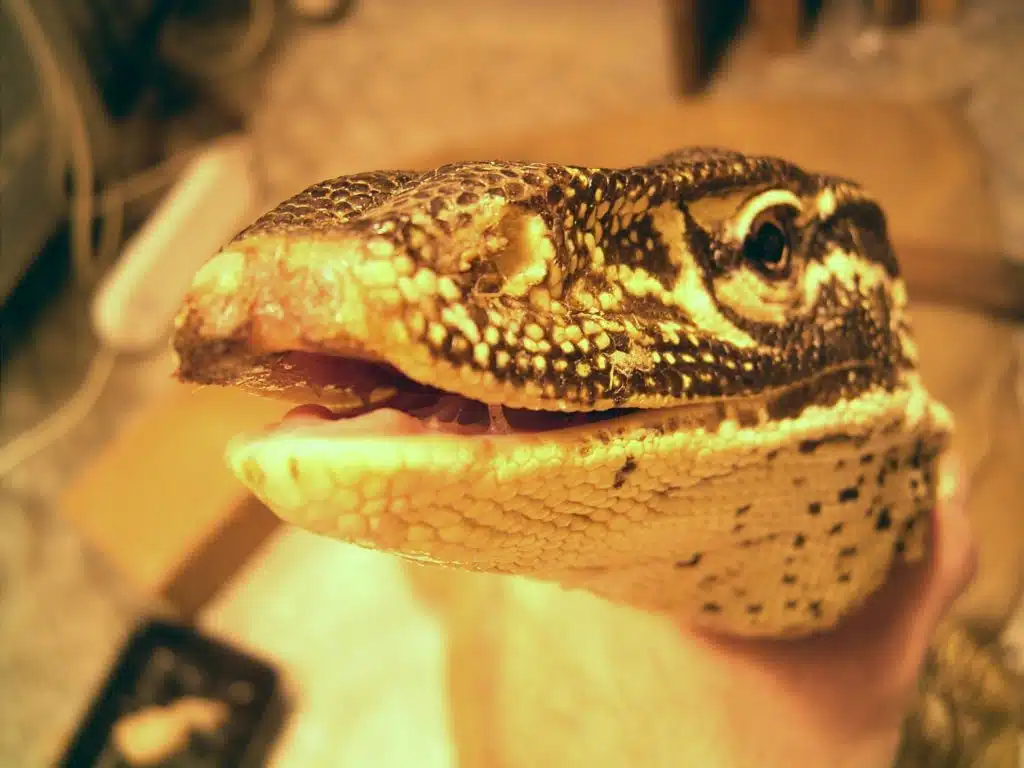
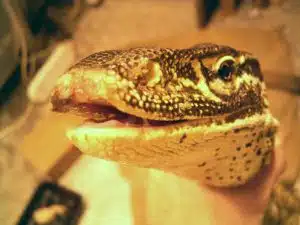
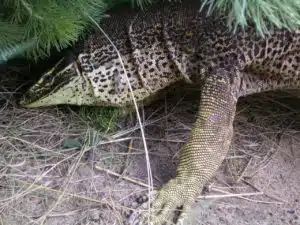
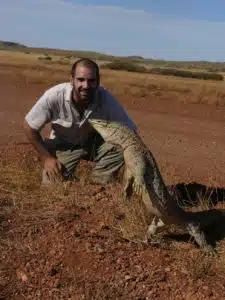

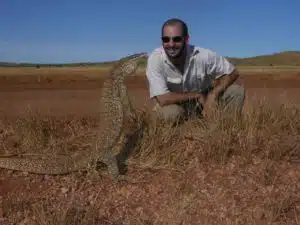
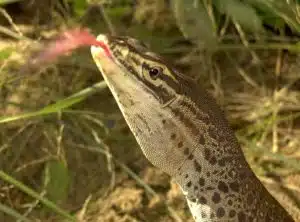
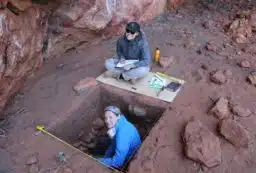


 Fresh Science is on hold for 2022. We will be back in 2023.
Fresh Science is on hold for 2022. We will be back in 2023.